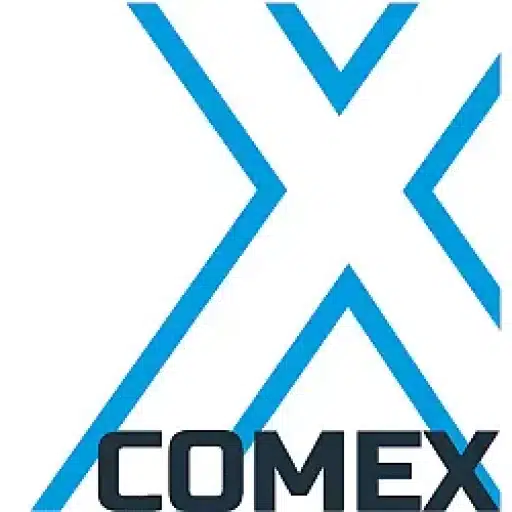+31 (0)43 30 88 400 | office@comex.eu

What do you mean by archiving?
Fair is fair: from Comex’s perspective, archiving has everything to do with proper and secure storage of data. But that fly does not apply to everyone involved in archiving. After all, archiving also has a lot to do with collecting data and adding metadata. For archivists whose main focus is on these aspects, preserving that data is much less of an issue.
Archivist
And so there are different ways to interpret the term “archiving. For many private users, these different forms are combined: you collect your photos, specify who is in them and make sure they are stored properly. In the professional world, these have traditionally been and still are separate tasks. The filer is the one who looks at what documents are involved and what project they belong to, what the retention times are. He adds metadata: what does the document relate to? All pieces are classified. Rightfully so, this archivist says he is involved in archiving, and in today’s times with digital data, it is no different.
Archivist
On the other side is the archivist, who manages and preserves the records. Traditionally, this was the man with the key to the records room, who knew exactly which drawer or cabinet contained the needed record. The archivist has nothing to do with the content of documents; he does not need to know what is in a building deed. Only what the storage time is and where it is stored.
Separation. Or would you rather not?
This traditional separation is still found in the division of labor, even in our time with digital archives. The records custodian must ensure that the data are properly and securely stored; the records creator is much less concerned with that. Our advice: don’t make the separation too strict. After all, a creator also has an interest in ensuring that their work is properly preserved and that the metadata is meaningfully accessible. The data must be securely stored and the filer or another user must be able to find it easily. It is not a good idea to separate content and infrastructure so strictly. Because vice versa, it is also important for the archivist to know what the requirements of the creator are. Only then can archival data be stored properly.
The whole picture
It’s good for us to sit down with both disciplines to determine the best way to store archival data. And this involves both forming and preserving the archive. After all, they must work together to achieve the optimal result. Then we are happy to look with you to see which storage solution best meets your needs.


